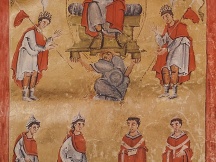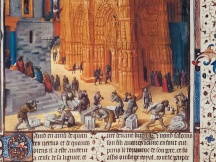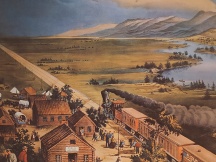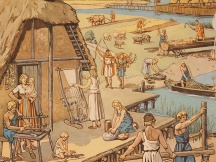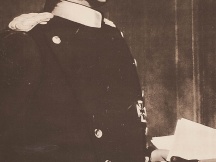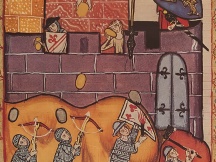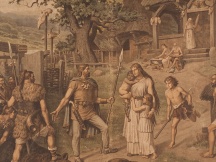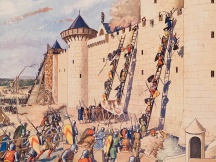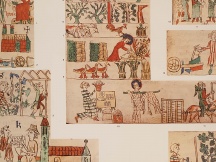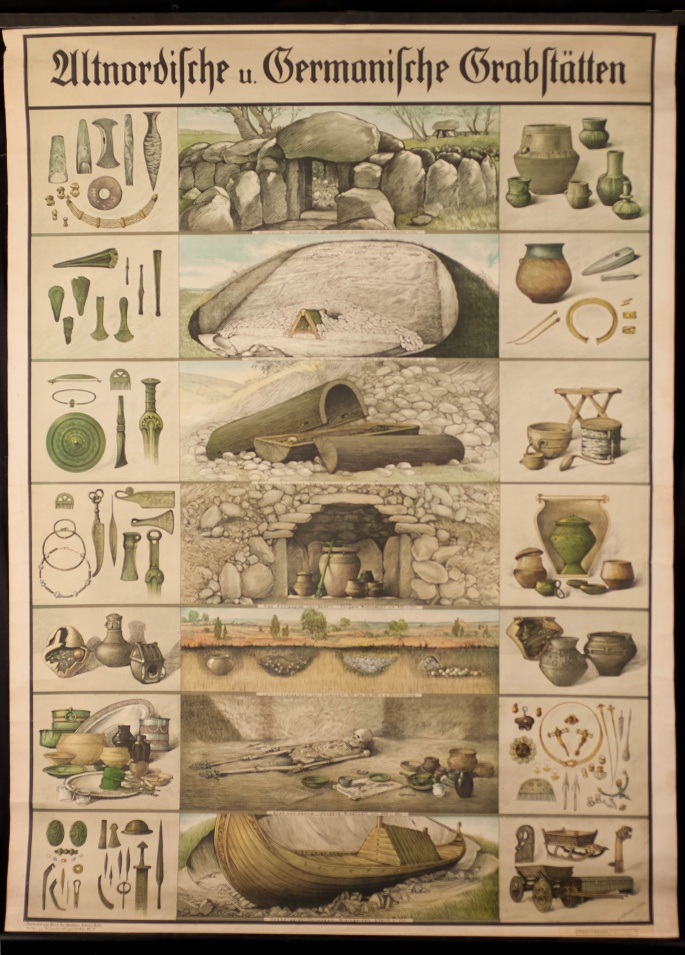Series: |
Bilder zur deutschen Vorgeschichte |
|---|---|
Timeframe: |
Hochkulturen |
Scene of action: |
Unknown |
Illustrator: |
Hoynck van Papendrecht, J. |
Publisher: |
Pestalozzi-Fröbel-Verlag, Leipzig |
Year of publication: |
1936 |
Themes: |
This big chart shows seven different types of graves from different historical periods in seven times three columns. (On the left and on the right: tools, pottery and jewelry; in the centre: depictions of graves). 1. “Old Nordic megalithic tomb of the Young Stone Age (3000 B.C.)” You can see megalithic tombs made of huge blocks of stone, a passage tomb in the foreground and a smaller dolmen in the background. 2. “Barrow of Leuningen”. Early Bronze Age. First half of 2nd Millennium B.C.” Prehistoric graves were constructed by heaping up stones or earth. You can see an artificially decorated roof heaped up with lots of stones and earth. 3. “Tree Trunk Coffin from Jutland. Middle Bronze Age. Midst of 2nd Millennium B.C.” The tree trunk coffin a lengthwise split and caved tree trunk can already be found in the early Stone Age but mainly appears in the Early European Bronze Age. 4. “The royal tom of Seddin. Late Bronze Age around 800 B.C.” This barrow has a diameter of 85m and his 10 meters high. 5. “Ashes graves of the Iron Age. 800-500 A.C.” 6. “Tomb of Leuna. Early Iron Age around 300. A.C.” In this field of inhumations graves you can see skeletons and jars of silver, bronze and glass. 7. “Oseberg-grave. Finland. Viking-Age. Around 900 A.C.“ The Oseberg-ship, the grave of a Norwegian princess was discovered in 1903. You can see grave goods as tools, artificially carved carriages and slides in the right column of the picture.
